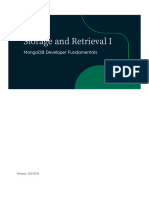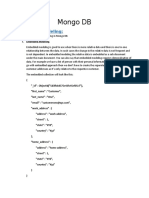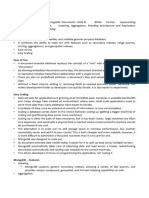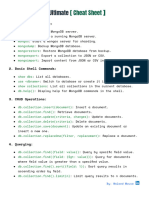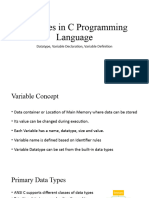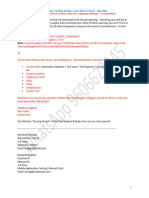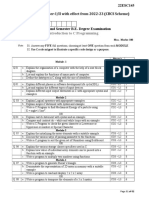0% found this document useful (0 votes)
18 views7 pagesModule 5 Answer
In MongoDB, collections are groups of documents similar to tables in relational databases, while documents are individual records composed of field and value pairs. Unlike relational databases, MongoDB has a flexible schema, allowing documents in a collection to have different fields, and uses a JSON-based query language. Webpack is a tool for modularizing and bundling front-end code, optimizing performance through features like code splitting, minification, and hot module replacement.
Uploaded by
sarbjotsingh1804Copyright
© © All Rights Reserved
We take content rights seriously. If you suspect this is your content, claim it here.
Available Formats
Download as PDF, TXT or read online on Scribd
0% found this document useful (0 votes)
18 views7 pagesModule 5 Answer
In MongoDB, collections are groups of documents similar to tables in relational databases, while documents are individual records composed of field and value pairs. Unlike relational databases, MongoDB has a flexible schema, allowing documents in a collection to have different fields, and uses a JSON-based query language. Webpack is a tool for modularizing and bundling front-end code, optimizing performance through features like code splitting, minification, and hot module replacement.
Uploaded by
sarbjotsingh1804Copyright
© © All Rights Reserved
We take content rights seriously. If you suspect this is your content, claim it here.
Available Formats
Download as PDF, TXT or read online on Scribd
/ 7



